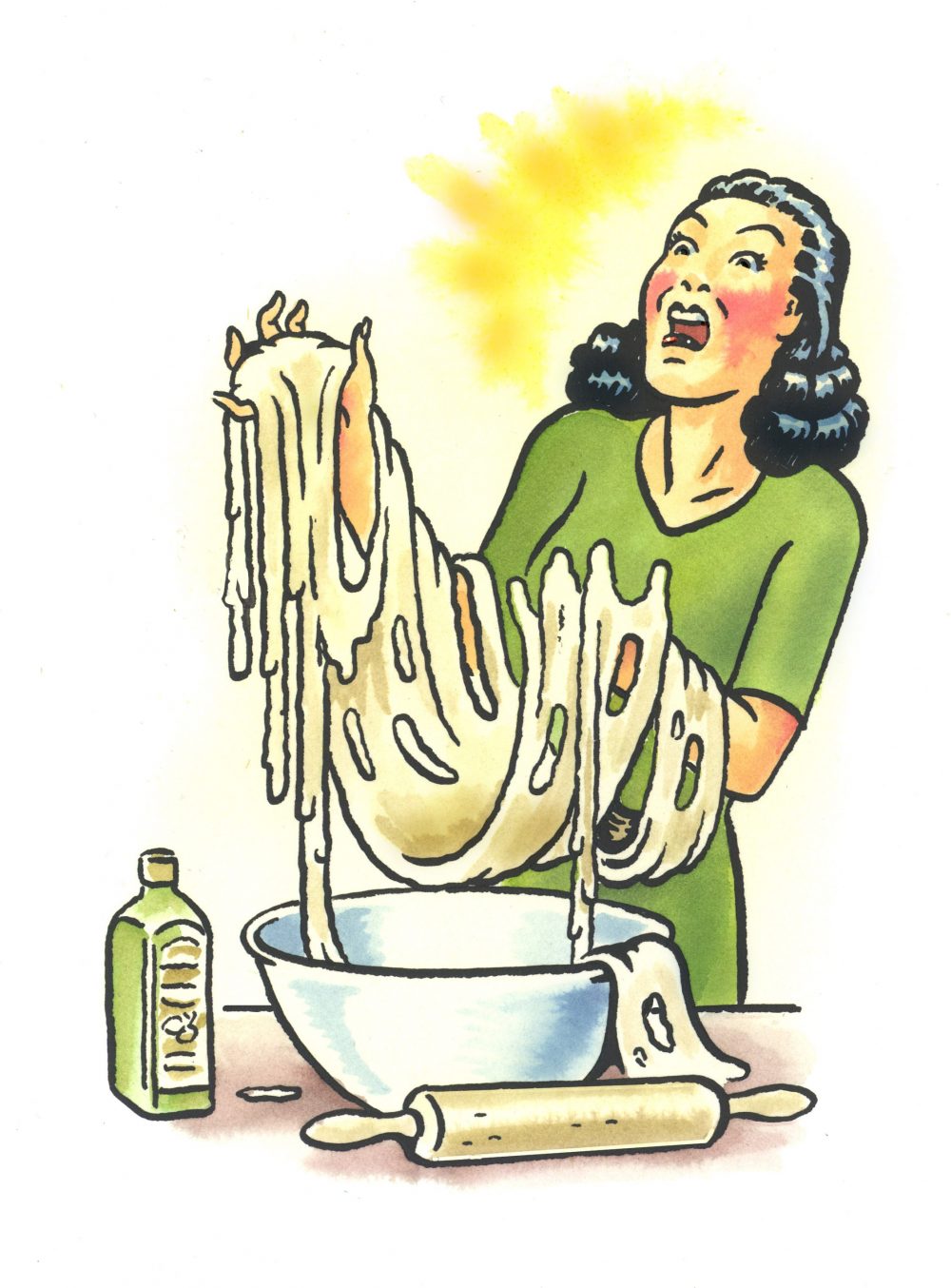We often hear about substituting olive oil for butter. But what about in baking? Carla Kahler, of Winnetka, Illinois, asked for guidance on which recipes can handle the switch.
Oil and butter often are interchangeable in savory cooking, but the swap isn’t as simple when baking.
For biscuits, scones and pie pastry, in which cold, solid butter is cut into dry ingredients, oil is a poor substitute because the dry ingredients would absorb the oil, yielding a sodden dough.
Cakes, quick breads, brownies and certain cookies—in which butter usually is creamed or melted—have a bit more wiggle room.
Creaming involves beating softened butter with sugar, incorporating air into the mixture that helps the batter or dough rise during baking. In recipes in which the butter is creamed, oil is not an appropriate substitute because it cannot trap and hold air the way softened butter can.
However, our kitchen tests show that in baked goods made with melted butter (where the butter simply is whisked with other ingredients, and rise depends on either baking powder, baking soda, beaten egg whites or a combination), oil is a reasonable substitute.
Cakes, in particular, stand to benefit from oil because oil remains fluid at room temperature (unlike butter), which contributes to a moist mouthfeel and softer crumb (take, for instance, carrot cake and chiffon cake).
If you’re considering extra-virgin olive oil, keep in mind that its flavor is assertive. As such, we found that it was not a good match for a plain vanilla cake—milder-tasting regular or light olive oil are better choices. But we did find that extra-virgin’s fruity, peppery notes work well with spices, citrus and chocolate.
In some cases, we found that baked goods made with olive oil did not brown as well as those made with butter. Also bear in mind that butter has a water content of about 16 percent, so if you’re substituting oil—which contains no water—you may want to scale back a bit to prevent greasiness. As a guide, 8 tablespoons of butter (1 stick) contains approximately 1½ teaspoons of water.
See here for more cooking tips inspired by questions on our radio show, and find more from Milk Street Magazine here.
Join the conversation on Facebook, Twitter, Instagram and Pinterest




